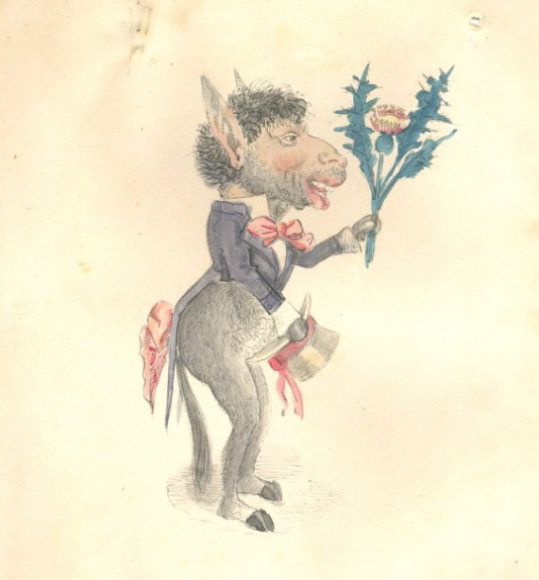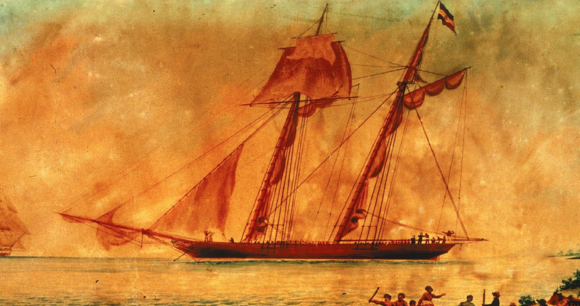Massive Ancient City Discovered in Guatemala
As the science of archeology advances, there is no doubt we will be in awe of what is found…
From Vice.com,
The Ruins of a Massive Ancient City Have Been Discovered in Guatemala
With the help of lasers and drones, scientists have found that Maya civilization was more advanced and populous than previously imagined.
by Becky Ferreira
“The ruins of an enormous Maya ‘megalopolis’ have been discovered in Guatemala with the help of the remote sensing technique LiDAR, according to a bombshell exclusive from National Geographic on Thursday. This vast lost city envelops sites like Tikal, Holmul, and Witzna—known for their temples and pyramids—but shows that these famous heritage areas are the tip of the iceberg of this lost urban network.
Hidden under the dense jungle canopies of the Maya Biosphere Reserve, more than 60,000 human-made features—homes, canals, quarries, highways, and more—have been identified in aerial imagery collected by an international collaboration of researchers headed by the PACUNAM Foundation, a Maya cultural and natural heritage organization.
This pre-Columbian civilization is estimated to have peaked some 1,200 years ago. The data suggests it may have supported a population of 10-15 million over the newly surveilled area of 800 square miles (2,100 square kilometers).
The advanced infrastructure, which includes agricultural terracing and elevated trade routes to prevent flooding in rainy seasons, has experts rethinking the dimensions and complexity of the Maya empire…”
For the rest (and lots of pictures), click here.
Share



